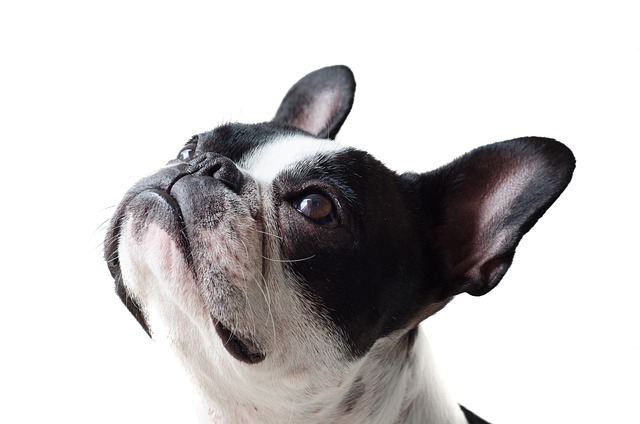
how to train a dog to not jump on the bed
When your pup’s paws hit the edge of the bed first thing in the morning, tail wagging like a metronome, it’s hard to stay firm—after all, those puppy eyes seem harmless.
When your pup’s paws hit the edge of the bed first thing in the morning, tail wagging like a metronome, it’s hard to stay firm—after all, those puppy eyes seem harmless. But allowing bed access can turn into a nightly struggle, especially when your golden retriever decides 3 a.m. is playtime or your terrier hogs the covers. Dogs crave closeness and comfort, and your bed smells like safety to them, making the urge to jump natural. The goal isn’t to shut down their need for connection, but to guide it to a space that works for both of you.
Start by creating a “cozy alternative” they’ll love as much as your mattress. Place a orthopedic dog bed (memory foam works wonders for joints!) right next to your bed, topped with a soft blanket that smells like you—familiar scents trigger their sense of security. Add a favorite stuffed toy or a Kong with a little peanut butter (no xylitol!) to make it extra inviting. When they nudge toward your bed, gently say “your bed, buddy” and guide them to their spot with a slow hand gesture. The second their body settles there, light up: “Yes! Good bed!” with enthusiastic scratches behind the ears. Positive reinforcement builds trust far better than scolding; yelling or pushing them off only makes them more determined to sneak up later. In tight apartments in NYC or LA, this keeps nighttime disruptions low—no wrestling matches that might wake neighbors—and turns boundaries into bonding moments.
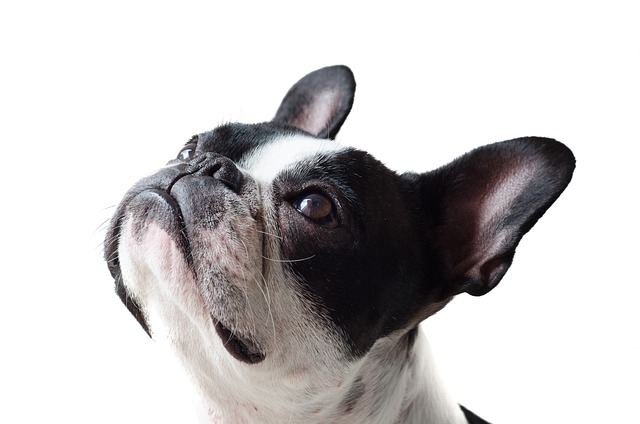
Consistency from everyone in the house turns training into habit. If your partner lets them sneak up “just once,” your pup will learn to wait for weak moments. Set a rule: bed stays human-only, no exceptions. Practice short “check-ins” during the day—call them over, point to their bed, and reward with a treat when they lie down. For apartment dwellers in Chicago or Miami, this quiet training avoids noise, keeping community vibes positive. And don’t overlook the bigger picture: even indoor training ties to outdoor responsibility. When you take them out for morning potty breaks, always carry poop bags—cities from Boston to San Diego fine owners $150+ for skipping cleanup—and keep their rabies tag visible on their collar, as 49 states require current vaccine proof, even for indoor pups.
Respect their need for closeness while enforcing boundaries. If they whine at the 床边,sit beside their bed and offer gentle pets instead of lifting them up—this teaches that proximity, not access, brings comfort. Never use punishment like spraying water or shaking a can of coins; fear doesn’t build good habits, it just teaches them to avoid getting caught. In neighborhoods that value pet harmony, like Austin or Portland, this kindness matters—calm training leads to calmer dogs, and calmer dogs make better neighbors. Over time, they’ll learn their bed is where the good stuff happens: your presence, praise, and peaceful nights—for both of you.

When your pup’s paws hit the edge of the bed first thing in the morning, tail wagging like a metronome, it’s hard to stay firm—after all, those puppy eyes seem harmless.

When your lab mix’s paws hit the dining table mid-dinner, knocking over a glass of water, it’s easy to sigh—but that jump isn’t defiance. Dogs are natural scavengers
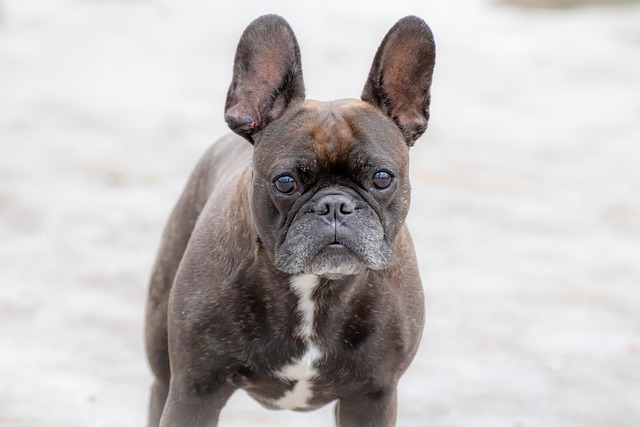
When your dog’s hackles rise, ears pin back, and low growls rumble in their throat, that tense body language isn’t “being bad”—it’s their way of saying
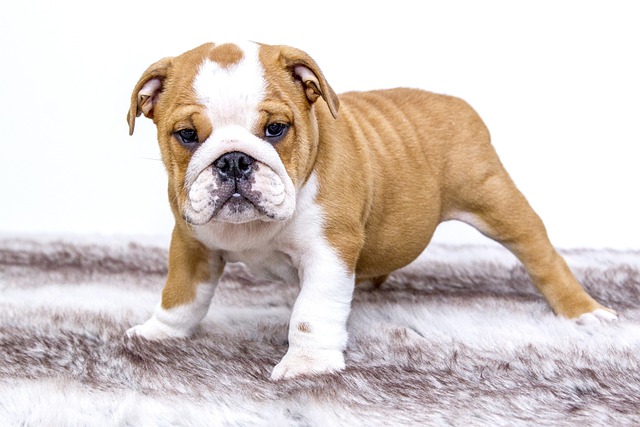
When your dog growls, snaps, or lunges—whether at a stranger, another pet, or even a sudden noise—it’s natural to feel the urge to “correct” the behavior firmly.
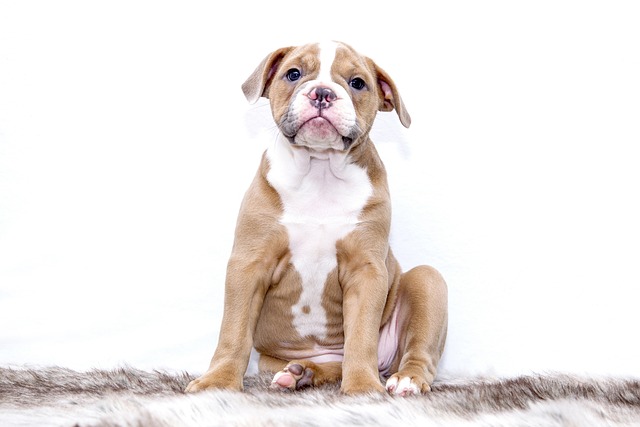
When you’re faced with a dog that growls, snaps, or lunges at other dogs, strangers, or even sudden sounds, it’s easy to feel discouraged
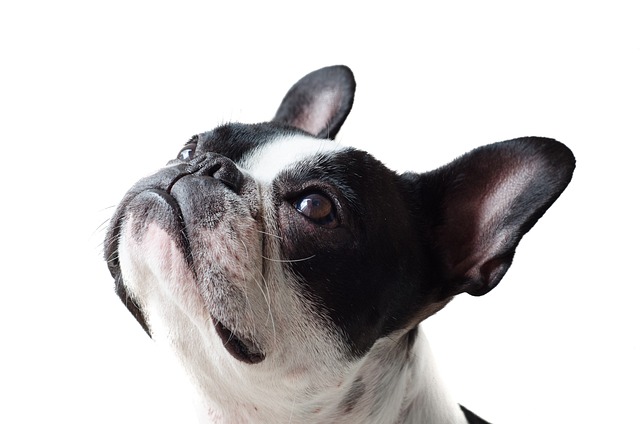
When your pup starts barking up a storm at the doorbell, the mailman, or even a squirrel outside the window, it’s easy to feel frustrated